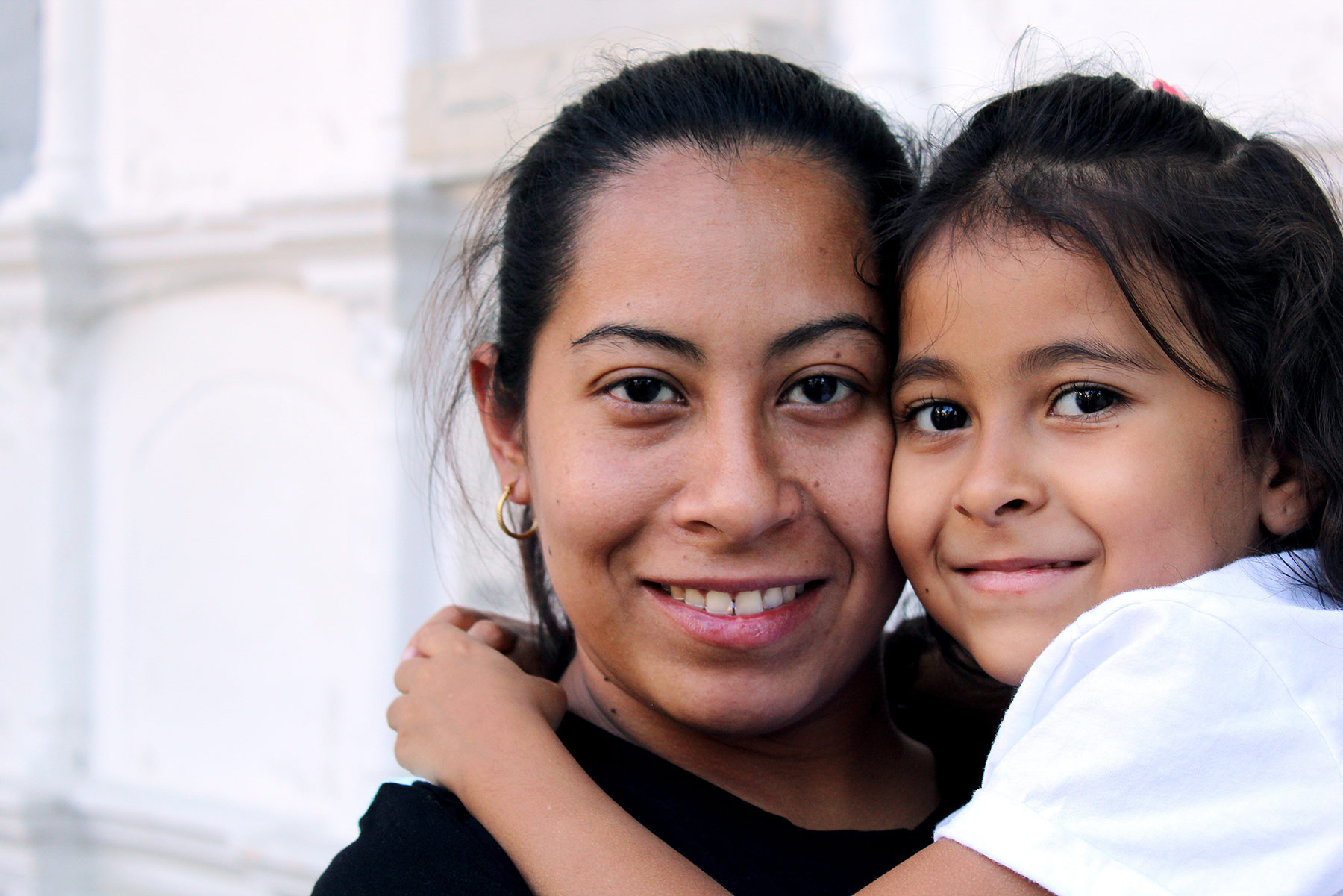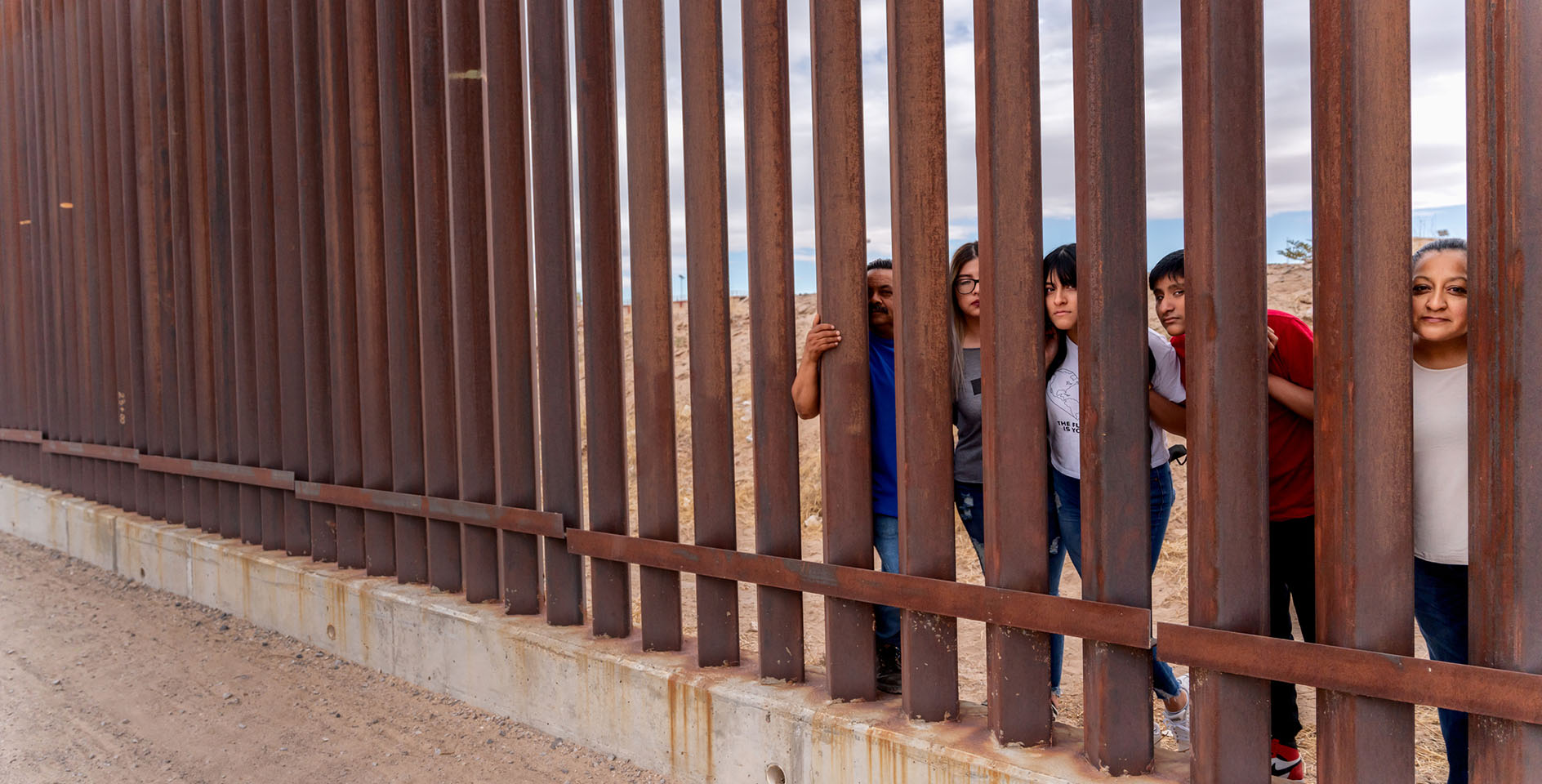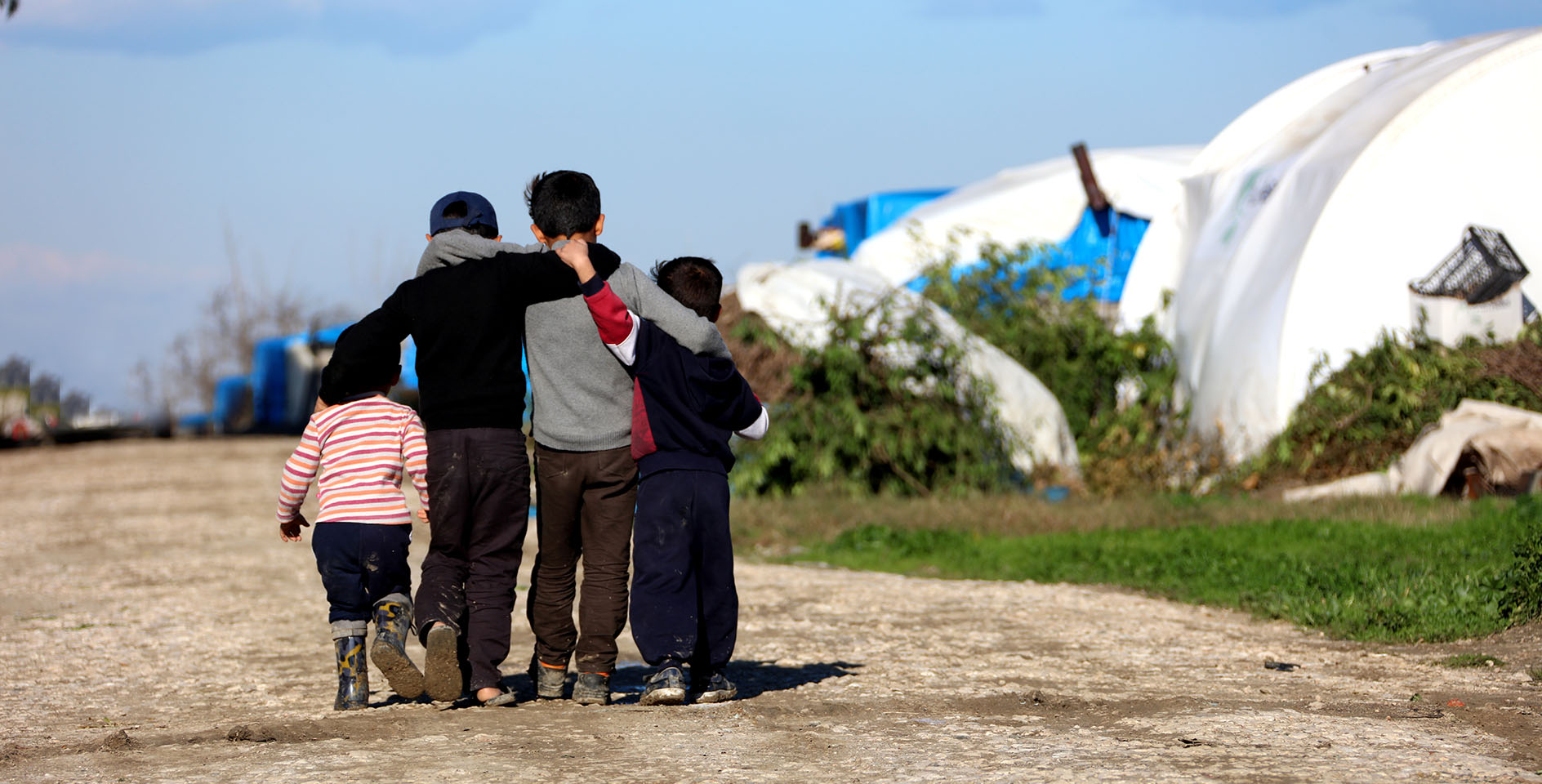The Biden administration recently announced that they plan to terminate Title 42, a pandemic-era rule that closed the United States’ borders to asylum seekers and others who migrate, on May 23. Title 42 has been in place since March 20, 2020, and has been used extensively to immediately expel migrants once apprehended without allowing them to assert their legal right to request asylum. After the administration’s announcement of rescinding Title 42, bipartisan concerns were raised about its termination, and whether the U.S. government was prepared for the anticipated influx of migrants at the border.
In 2021, roughly 2 million individuals were encountered at the U.S.-Mexico border. Because most individuals were apprehended, often through voluntarily presenting themselves to border agents to seek asylum, then immediately expelled, many migrants attempted to cross multiple times. It is estimated that around 27% of these encounters were from repeat crossers. Of the 2 million apprehensions, about 1.1 million individuals were immediately expelled, with only some family units and unaccompanied children allowed to enter to pursue asylum claims.
It remains unclear whether the Biden administration will pause its anticipated withdrawal of Title 42 to prepare for the potentially significant spike in attempted crossings and asylum requests this summer. Additionally, while many of these individuals have been and will continue to come from Central America, there have also been reports of growing numbers of migrants arriving to the border from Haiti, Cuba, Russia, Turkey, India, and even Ukraine.
Though each migrant’s journey to the U.S. looks different, many face some of the same tragedies and hardships on their journey. Horrific violence, extortion from cartels, emotional trauma, rape and sexual assault, and lack of basic necessities are commonplace for migrants on their journey to the U.S., especially for women and children. As we once again see headlines around immigration in the news, it is essential for us to stop and consider why so many still choose to come, given the difficulty of the journey and the uncertain futures that migrants face upon reaching the U.S.
The factors that cause each migrant to make the difficult decision to leave home vary for each individual situation and country. However, there are some consistent, widespread issues that are often cited as the root causes of migration: corruption, violence, and poverty.
Corruption
Perhaps the most widespread root cause of migration is corruption. Corruption is especially damaging because where it persists, other evils can thrive. Where corruption is allowed to fester, it can easily spread to many institutions in a country and region: police, government, the judicial system, businesses, and even, in some instances, religious institutions. Once people have completely lost trust in their institutions, individuals are often relegated to despair and hopelessness. Many begin to believe that their situations cannot improve or that they will be unable to receive redress for injustices committed against them. While corrupt governments exist all over the world, they are currently particularly prevalent in the Northern Triangle (Guatemala, Honduras, and El Salvador) and Caribbean nations. Government leaders rake in huge sums of money while refusing to hold free and fair elections and failing to invest resources in the basic services that their citizens need to survive.
The COVID-19 pandemic and recent natural disasters throughout the world, especially in Central America, have exacerbated and highlighted these issues to the watching world. The inefficiency and corruption of these governments have prevented vulnerable people from receiving the necessary recovery aid, adequate testing and PPE to fight the pandemic, and have severely hampered the distribution of COVID-19 vaccines, leading to prolonged and heightened suffering at the hands of this disease and these natural disasters.
Violence
It is in these environments of corruption that violence is especially able to thrive. Cartels and gangs are enabled to act without fear of punishment and are able to easily bribe and infiltrate the institutions that should protect the vulnerable. These dynamics are particularly hurtful to women and children, who face increasing levels of violence, including femicide and sexual violence. Impunity for these crimes is typical, with conviction for violence against women under 3% in Central America. With no threat of meaningful retribution, gangs and cartels are allowed to terrorize the vulnerable.
In addition to these trends in Central America, many are being forcibly displaced due to violence all around the world. Following the Taliban’s takeover in Afghanistan this summer, thousands were forced to flee. As Russia has now waged war in Ukraine, it is estimated that as many as 10 million individuals might be displaced, with over 4 million already leaving the country, creating the largest refugee crisis in Europe since World War II.
Violence is also often a factor for those who face persecution because of their religion or ethnicity. Open Doors’ recent World Watch List, which analyzes where it is most difficult to be a Christian, highlights countries where believers are being forced to flee for their Chritian faith. While many of these people seek protection through the refugee resettlement program, its severe backlogs and lengthy processing time force some to attempt to travel to the southern border to seek asylum.
Poverty
A third factor that often spurs emigration is poverty. As individuals struggle to meet their basic needs, face no economic opportunity, and receive little assistance and aid from their governments, many are forced to make the difficult decision to migrate. Parents who see no opportunity for their children or are unable to provide for their needs have to reckon with these harsh realities. Nearly 10% of the world’s population lives in extreme poverty, attempting to survive on less than $2 per day, with children accounting for two-thirds of the world’s most poor, and for those older than 15, about 70% have no schooling or only basic education.
Oftentimes, poverty is directly linked to these other factors of violence and corruption. According to World Vision, “Although countries impacted by fragility, crises, and violence are home to about 10% of the world’s population, they account for more than 40% of people living in extreme poverty. By 2030, an estimated 67% of the world’s poor will live in fragile contexts.”
Why does it matter?
Understanding why people migrate is essential to addressing our broken immigration system wisely. While there are sharp disagreements on how exactly our system should be fixed, few would argue that it currently works effectively. Addressing the root causes of migration must be an integral part of our national strategy to reform our immigration system.
The ERLC has joined other evangelical organizations in urging both Congress and the administration to prioritize addressing these issues through equipping local Nongovernmental Organizations and civil society organizations, including faith-based organizations and churches, to meet the needs of their communities and fight against these forces of violence, corruption, and poverty. One piece of legislation that works to do this in the Northern Triangle is the Central American Women and Children Protection Act. The ERLC is actively advocating for the swift passage of this bill which would allow the vulnerable, particularly women and girls, to find safety in their communities without having to face the dangerous journey to the U.S.
Secondly and primarily, for us as Christians, understanding why people migrate helps us to see the dignity of these migrants, to better understand their pain, and to respond with empathy and compassion, rather than with partisanship or suspicion. It is much easier to see migrants as something to be feared or hated when we don’t first stop to consider their individual stories and the forces that brought them to our borders. As migrants arrive to the U.S., churches have an opportunity to reach the nations without leaving our neighborhoods. Migrants have experienced tremendous difficulty, and it is imperative that the Church respond with compassion and rise up to meet both the physical and spiritual needs of the most vulnerable among us—in the same way that Jesus has cared for us.










